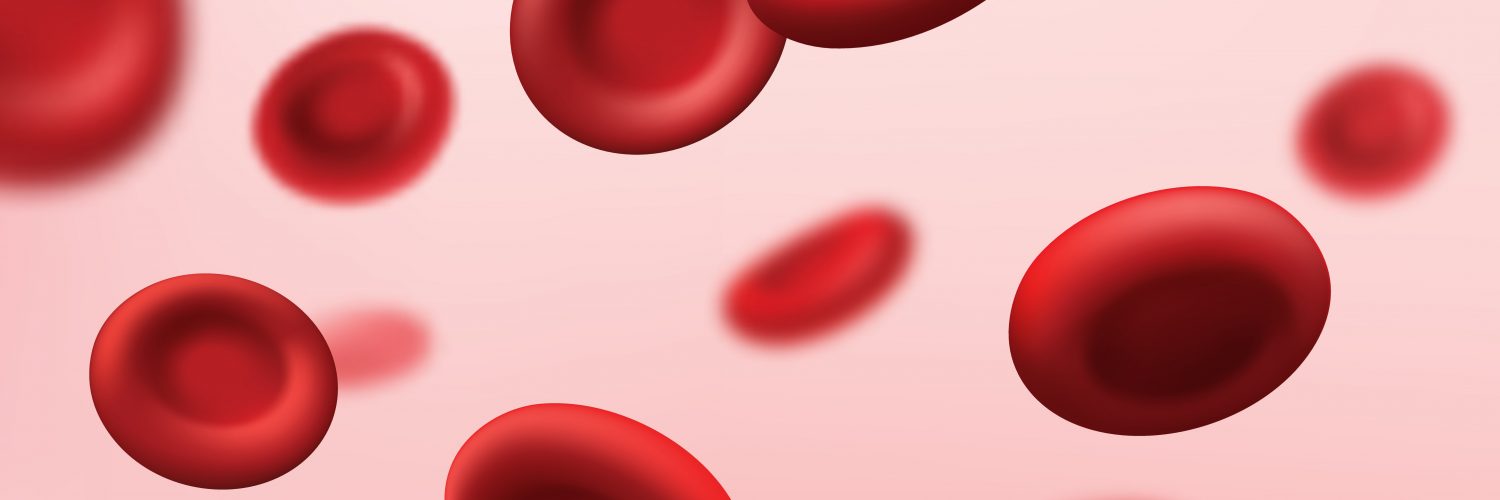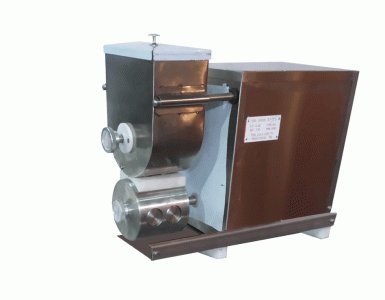The use of hematopoietic stem cells has been one of the most heavily researched and developing topics in medicine in recent years. With each passing year, more uses and applications are found for these valuable cells.
The most efficient and main source of stem cells is umbilical cord blood. For this reason, in recent years, it has become common to collect umbilical cord blood after the birth of the baby and before delivery of the placenta. The blood can be stored for many years under ideal conditions, for future use by either the patient or relatives, or in a cord blood bank for public use.
Stem cell collection has not yet been addressed extensively by the Poskim, but the practice has come to their attention, specifically concerning collection on Shabbos. The Shemiras Shabbos Kehilchasa (36:12) forbids it (except in cases of urgent need, in other words, when there is a patient who needs those stem cells now [but not for storage and possible future use]) but does not explain why. His source for this assertion is “the view of a physician”.[1]
HaGaon Rav Asher Weiss Shlit”a came to a different conclusion in a landmark wide-ranging Teshuva (Shu”t Minchas Asher 1:20[2]). He rules that the practice is permissible on Shabbos, provided that several conditions are met. Aside from Rav Neuwirth’s ruling and Rav Asher’s increasingly well-known Teshuva, there is not yet other significant discussion among the Poskim on the matter. This essay will review Rav Asher’s arguments.
Rav Asher provides a description of the procedure as an introduction to the Teshuva. Immediately after delivery of the baby and cutting the cord, blood is drawn using a syringe (similar to routine phlebotomy) before the placenta has been completely delivered (although it may have begun to separate from the uterus). The contents of the syringe are then transferred to a sterile bag containing a clear anticoagulant. The collection bag is then secured with a double knot and an elastic strap. Within two (or sometimes three) days, the bag is transported to a laboratory where its contents are transferred to storage vials for deep-freezing and the bag is discarded.
This raises several questions of Hilchos Shabbos:
- Is the extraction of blood from the umbilical cord a Melacha? If so, is it the Melacha of Chovel (Netilas Neshama), Mefarek, or Tzove’a?
- Is there a concern for the Melacha of Tzove’a when transferring the blood into the collection bag as the clear anticoagulant will change color when it mixes with the blood?
- Is there a Melacha of Kosher when sealing the collection bag?
- Is there a concern of Muktza when moving the bag?
- Does the procedure in its entirety constitute Hachana (preparation for another day)?
Rav Asher addresses each of these questions independently and we will paraphrase the Teshuva below.
The Gemara in Shabbos (107b) states that one who wounds an animal is Chayav for violating an Issur d’Oraisa. The Rishonim argue as to which Melacha it entails. Most Rishonim hold that it is “Netilas Neshama” because the “life force” of a human being or animal is contained in its blood.[3] Therefore, extracting blood is analogous to murder, even though the wounded person or animal remains alive. In the words of the Gemara elsewhere, “Ma Li Katla Kula, Ma Li Katla Palga? – What is the difference between killing completely and killing partially?”
However, the Rambam holds (Hilchos Shabbos 8:7) that drawing blood is a violation of Mefarek, which is a Tolada of Dash. Rashi (ibid.) expresses a third opinion that it constitutes the Melacha of Tzove’a.
The Halacha is follows the majority opinion that the Melacha is Netilas Neshama. It follows that extracting blood from a dead body would not be a Melacha. This is evident from the Gemara in Shabbos (136a) which explains the reason why we can perform a Bris Mila on Shabbos even though every baby is a Safek Nefel (i.e., perhaps it will not survive longer than thirty days). If this baby is not a Nefel, the Bris is justified because Bris Mila overrides Shabbos. However, even if it will turn out that the baby was a Nefel, in that case the Bris would be merely “cutting flesh”; in other words, the child is considered a Meis and there is no Melacha of causing a wound, as stated. If the Melacha would be Mefarek, it should apply even when extracting blood from a Meis (see Shabbos 75a).
This distinction is important in the context of our question. Once the placenta [begins to] separate from the uterus, even if it hasn’t been completely delivered, the umbilical cord has no “life” in it. If so, extracting blood from it cannot constitute Netilas Neshama.
According to the Rambam, one would have assumed that extracting umbilical cord blood should constitute Mefarek. However, Rav Asher suggests a Chiddush by dint of which he rules that it would even be permissible according to the Rambam. He cites a comment of Rashi (Shabbos 75a) that implies that Mefarek is only violated when exerting pressure on the flesh to extract the blood. The Eglei Tal (Dash, 15:6) offers an explanation but Rav Asher did not agree with his conclusions.
Rav Asher explained that if an act is to fall under the category of Meleches Dash, it must resemble not only the Av Melacha (threshing) in its essential nature, but it must also resemble the manner that it is performed. Since while threshing a person must exert pressure on the wheat, he can likewise only be liable for Mefarek – a Tolada of Dash – when he extracts the blood by exerting pressure on the flesh.
If this is the case, even the Rambam would agree that extracting umbilical cord blood is permissible. Since it is extracted with a syringe (or vacuum collection system), it does not resemble the manner of performance of Dash at all.
Another possible basis for leniency is that the blood might not be subject to the Melacha of Dash once the child has been detached from the umbilical cord (even without the similarity to extracting blood from a Meis discussed above). The Gemara in Kesubos (5b) discusses whether a Chasan may have sexual relations with his Kalla for the first time on Shabbos given that it will cause hymenal bleeding (“Dam Besulim”). The question is whether Dam Besulim are “Mifkad Pakid” (collected or stored within the hymen and not absorbed), or “Chiburei Michaber” (absorbed into the hymen). If it is Mifkad Pakid, a wound is not required to cause the bleeding – it is as though “a door was opened” and the blood exited. But if it is Chiburei Michaber, the bleeding must come from a wound caused by intercourse. Clearly, if Dam Besulim is Mifkad Pakid, causing the bleeding would not be considered creating a wound.
There are two arguments in favor of comparing the blood of the umbilical cord following the birth to Dam Besulim:
- Once the umbilical cord is cut, the cord is clamped and blood is not flowing through it[4], and it would therefore seem to resemble the state of Mifkad Pakid of Dam Besulim. The blood is only “stored” in the umbilical vessels, not “absorbed”.
- The placenta has two parallel systems of circulation – the uteroplacental and fetoplacental systems. Once the fetoplacental circulation is terminated, since the umbilical cord blood is not in direct series with the maternal circulation, it seems likely that the blood in the cord should be considered Mifkad Pakid.
However, Rav Asher maintains that “it is difficult to define Mifkad Pakid, thus, the blood of the umbilical cord may be Chiburei Michaber, unlike the blood of the Chilazon that Tosfos maintains is Mifkad Pakid.[5] This requires further study.”
Turning to the other possible Halachic issues with collecting cord blood on Shabbos, Rav Asher maintains that transferring the blood into a collection bag containing a clear liquid does not violate the Melacha of Tzove’a since there is no intent to dye the liquid nor any use for it. A similar ruling appears in Shemiras Shabbos Kehilchasa (3) regarding pouring cleaning fluids into water. Though the water may change color, it is permissible as there is neither intent nor interest in the color change.[6]
As far as tying the collection bag after transferring the blood, Rav Asher advises closing it with clips to avoid tying a knot on Shabbos. The concern of Muktza may be disregarded since there is a great need for the blood and it will save lives. However, the syringe and/or blood should be moved with a Shinui if there is no risk of dropping them.[7]
In conclusion, since this is a matter with the potential to save lives, Rav Asher rules that we may be lenient about collecting cord blood on Shabbos as long as the above conditions are met, even though there is no actual Pikuach Nefesh [need].
[1] It is unusual for Rav Yehoshua Neuwirth (the author of Shemiras Shabbos Kehilchasa) not to provide a source for his ruling. His son, Rav Baruch Neuwirth, revealed in an interview that his father only formulated this innovative ruling shortly before the final version of Shemiras Shabbos Kehilchasa went to print, which was not long before his father’s demise in 2013. As R’ Neuwirth had believed that cord blood collection would become a common practice in the future,שב he made sure to include a few lines about it in the final version of the manuscript. This may be why he did not have an explicit source for the ruling.
[2] [Editor’s note: Rav Asher’s Teshuva was written in response to a request from Shaarei Zedek Medical Center for a Halachically permissible method of collecting cord blood on Shabbos. After presenting the procedure as it was described to Rav Asher at that time, he analyzes the issues thoroughly, as will be discussed below. While the Teshuva is undated, this volume of Shu”t was published in 2013, so the procedure and techniques that he discusses were the practice at SZMC over a decade ago, and may not correlate exactly with modern practice in Chutz la’Aretz. Regardless, the Halachic analysis is still relevant, but, as always, a qualified Posek should be consulted and provided with accurate and up-to-date information in specific cases.]
[3] “Ki haDam Hu haNefesh” (Devarim 12:23)
[4] [Editor’s note: Rav Asher’s apparent intention is that the blood is no longer flowing to the fetus and is simply collected in the umbilical vessels once the cord is clamped and cut at delivery.]
[5] [Editor’s note: See Tosfos Shabbos 75a s.v. “Ki Heichi” regarding the blood of the Chilazon.]
[6] There is a Machlokes among contemporary Poskim regarding attaching a device to the wall of the toilet tank that releases a disinfectant when the toilet is flushed thus coloring the water in the bowl. The Shemiras Shabbos Kehilchasa forbids this; however, Rav Asher maintains that it should only be forbidden if part of the objective is to color the water.
[7] [Editor’s Note: See p. 75 of Shu”t Minchas Asher vol. 1 for Rav Asher’s discussion of Hachana as it relates to this matter.]















Add comment